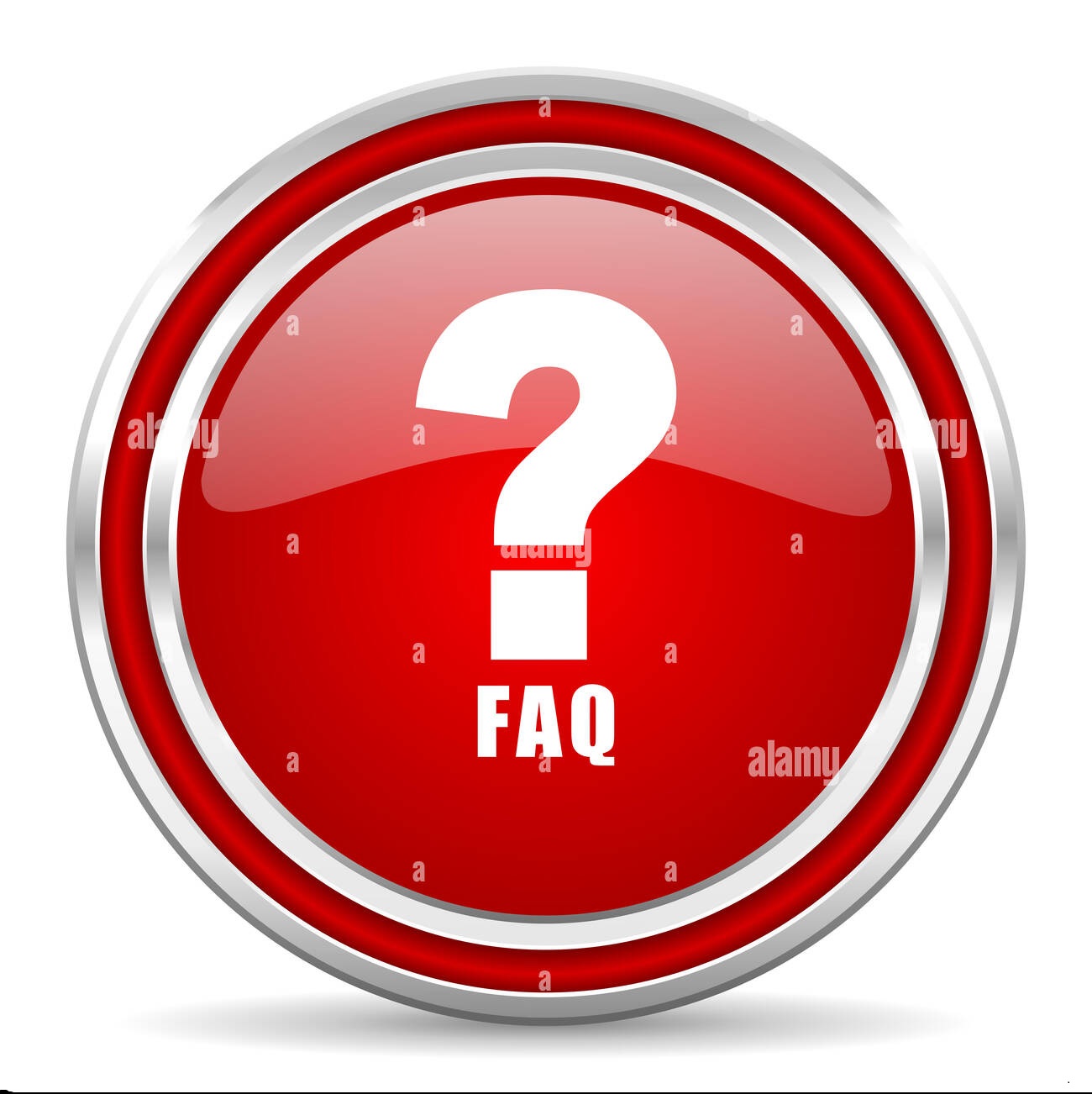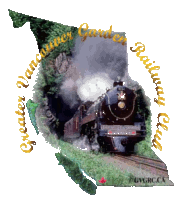
Click on a topic to view details....
Greater Vancouver Garden Railway Club

Click on a topic to view details....
We are always looking for new members who want to join our club and share
our passion for this great hobby, and, even more importantly, to become
active participants within the club.
Every person, regardless of skill or ability brings things to the club and helps
us and the club grow.
If you are currently into large scale trains, or lets face it, just have a love for trains,
if you are thinking about getting into this family hobby, consider joining us, for
less than the cost of a lunch for two you can have unlimited fun! Regardless of
the gauge you model in, you can be a member!
Enjoy the camaraderie of like-minded kids at heart. To learn more, click on the
Members menu item and select Renew.
A garden railroad can be as simple as an oval of track on the deck/patio or around a feature such as a pond or it can be as elaborate as a full back yard layout with multiple tracks and dozens of buildings and bridges. Remember there is ongoing maintenance on any outdoor layout just like the full scale railroads, so the bigger the layout the more maintenance that will be required in ballasting track, pulling weeds, trimming trees and keeping the track clean to name just a few.
There are many ways to build a garden railroad but most people start with either of two common methods:
1) Ground Level Roadbed:
The ground level railroad is built using a trench 5"wide by 3"to 5" deep, filling it with crushed gravel (which should be tamped into the trench), laying the track on top of this gravel layer and then finish ballasting by pouring and leveling a thin layer of finely crushed gravel between the ties.
2) Raised Roadbed:
The raised roadbed is constructed by surrounding an area with a wall of pressure treated wood, Allen Blocks, natural rock or any other material which will hold back the dirt. Height is an individual decision but 24" to 30" is common. Next fill the area with dirt and rock to create a landscape which might include a pond or stream. Laying the track then follows the same basic procedure as
for the ground level roadbed technique. This technique is more work but is easier for running the railroad and for maintenance as you do not have to get down on your hands and knees to work.
The engines that pull a g-gauge train are powered in one of three ways.
1) Track power. With track power the train is energized via a 112 volt power supply,
a throttle, and wires that carry the electricity to the tracks
2) Battery power. A 18-24 volt battery is hidden in one of the cars behind the
engine and wires run from that car to send the electricity up to the engine.
Speed and direction are controlled by a handheld remote.
3) The old fashioned way. Good old steam power. A small butane furnace
heats water in the engine boiler and just like in its larger version, the
steam drives the pistons that turn the wheels.
There are as many styles and methods as there are club members. Ask around and watch videos. There will be a method that matches both what you want to accomplish as well as your physical ability to manage the creation level.
There is no right way, there are many interesting and amazing ways.
There are many amazing how to videos on youtube that can help you on your journey to fun.
The answer is.......Whichever you like best!
Most of the major manufactorers of model trains make their own tracks. LGB is one of the most common types.
It boils down to your personal preference and what you plan to do with it. Some stands up better outside in the various weather conditions.
Some looks more like real railroad tracks and other have a much more brass look to it.
If you run track powered trains outside you need track that holds up to weather conditions and conducts electricity well.
If you have any questions you would like to see in the FAQ, please let me know and we will work on an answer. Questions
All Aboard!

